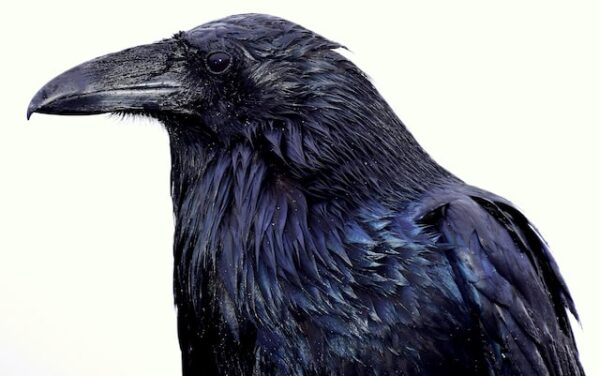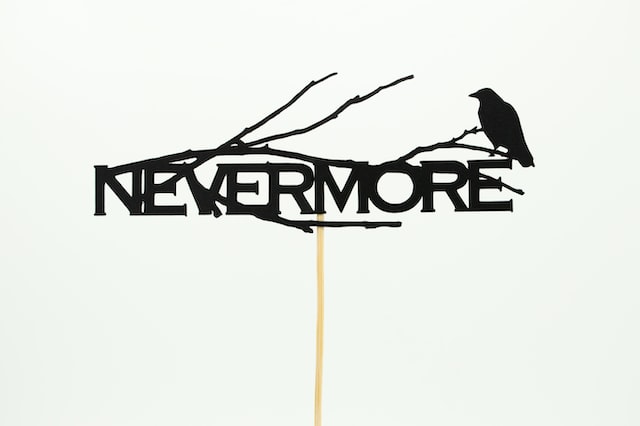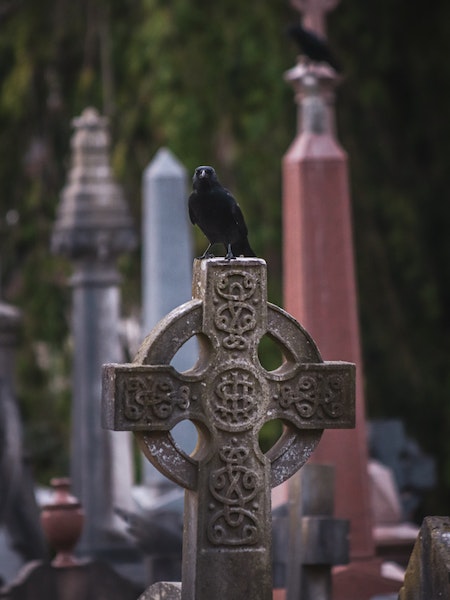Are You a Synesthete?
Dear Kids and All Readers,
I am a member of Blackbird Writers, a group of mystery, suspense, thriller, and crime fiction authors scattered across the U.S. Our motto is “We flock together to bring mystery and mayhem to the world.”
Each member is tasked about once every five months on a rotating basis with writing a blog that is posted on the group’s website.
Today was my turn.
My topic was “Are You a Synesthete?” That’s someone with synesthesia. Ever heard of it? Are you a synesthete?
Here are some opening paragraphs from my blog:

“Ms. J, what does my name make you taste?”
A fair question, the kind I am always asked by school students when I attend an author visit.
My kid-lit fans know I’m a synesthete. That’s a person with synesthesia. So is Rani Kumar, one of my detective characters. No worries. It’s not a fatal disease. She and I were born as synesthetes. We didn’t know the term until I stumbled across an article about the condition five years ago.
What exactly is synesthesia?
The word synesthesia derives from two Greek roots: syn = union; aesthesis = sensation: a union of two or more senses. About four percent of the world’s population (roughly 320 million as of 2023) was born with this interesting neurological condition, resulting in unusual cross connections in the brain. Those cause one sense to trigger another, allowing synesthetes to apply two or more senses simultaneously. This “sensory fusion” is considered by many to be a mental ability, not a disability. . . .
If you would like to read the rest of my blog on synesthesia, please click HERE.
So, get a clue, Readers. I think you will find my article enlightening. And maybe revealing!
Want to know what your name makes me taste or smell? You may ask me HERE! I’ll do my best to reply.
Photo Credit: Thank you, wikimedia.commons










 A Poe Toaster continued this tradition until 2009, the 200th anniversary of Poe’s birth. The Toaster had indicated in a note left at the gravesite in 1993 that his son would someday take over the annual ritual. It is believed that the original Toaster died in 1998, his identity unknown to this day, though speculation still runs rampant, and some “faux Toasters” have tried to claim the title.
A Poe Toaster continued this tradition until 2009, the 200th anniversary of Poe’s birth. The Toaster had indicated in a note left at the gravesite in 1993 that his son would someday take over the annual ritual. It is believed that the original Toaster died in 1998, his identity unknown to this day, though speculation still runs rampant, and some “faux Toasters” have tried to claim the title.
